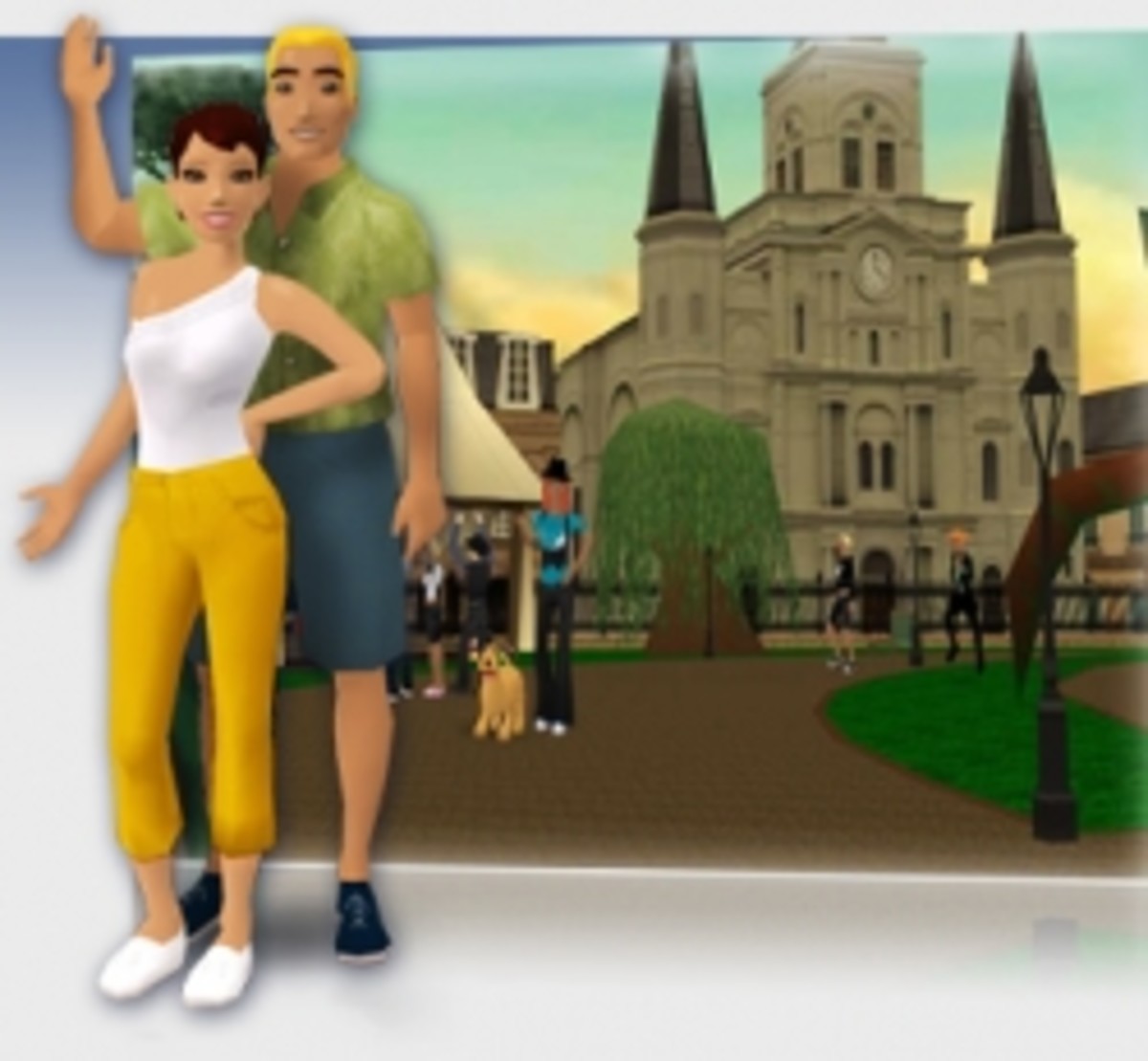Second Life - Education and Learning Opportunities
Virtual world technologies like Second Life will revolutionise the way we use the internet and, in particular, the way we use the Internet to learn. In this article I want to focus on EDUCATION and LEARNING.
Click here if you want to read my earlier article; An Introduction To Second Life.
To recap, Second Life (SL) is a three-dimensional web platform, set up by by Linden Labs, that combines online commerce, gaming and social networking. SL allows users to create their own alter ego or ‘avatar’ and frequently makes headlines in the global media.
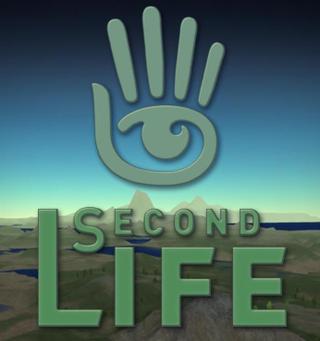
Second Life - Misunderstandings
Second Life is widely misunderstood by those who haven't tried it. Until you go there, you can have no idea what SL is really like. Virtual World enthusiasts talk about the phenomenum of 'immersion'.
The point at which you forget you are staring at a screen and believe you are really in another world.Typical excuses for not visiting Second Life are:
- It takes up too much time and I already spend too long hunched over a PC at work and at home doing stuff like writing HubPages.
- Isn't it just for Gamers and Geeks?
However, according to Gartner Inc., by the end of 2011, 80 percent of active Internet users (and Fortune 500 enterprises) will have an avatar in at least one virtual world platform.
Why the Buzz About Second Life?
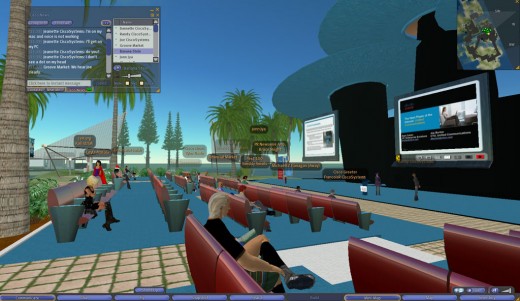

Second Life is increasing popular in the education and training sectors. IBM is investing millions of dollars in the 3D Internet virtual world and other spaces, including some 25 islands in Second Life. IBM is not alone. An increasing number of corporate heavy hitters like Sun, Dell, British Petroleum and Intel are transferring their training programs to Second Life. News organisations like Reuters also have a presence in Second Life. Many of these organisations actively encourage their employees to participate and learn in online virtual worlds such as Second Life.
Hundreds of colleges and universities, including Harvard, are already teaching classes in the virtual world. Scores of universities have entire campuses in SL. Clearly, many of the world’s largest organizations believe that Second Life is going to be a big part of their futures. A survey in 2007 in the UK indicated around 50 colleges and universities have an involvement of some kind in SL. Others, known to be involved in SL were either not contacted or didn’t respond, so the real number is far higher.
Second Life is more than just a training medium and can be an integral part of an organisation's culture. Businesses such as IBM and CISCO allow employees from around the globe to meet and network within company space in SL. It is not surprising that these early adopters are technology companies. Many more traditional companies are struggling to adapt their cultures to include web 2.0 technologies such as social networking, wikis and blogs let alone virtual worlds such as SL (sometimes referred to as web 3.0 technology).
SL also has its own currency, the Linden dollar, which can be exchanged for first world dollars, enabling first world companies to invest in SL and entrepreneurs in SL to bring their virtual earnings back into the real world.
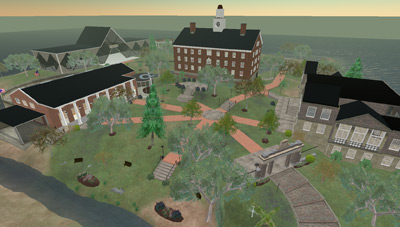
Education and Second Life

Education and Second Life
Arguably, SL is currently being more widely adopted in Education than in the commercial training world. This can be explained by the relative newness of the technology and the fact that Universities have a much broader and innovative view of learning than the training industry.
So Why Are Universities Interested in Second Life? SL’s ability to scale real world objects up or down is a powerful education feature. For example you can fly around a reduced scale model of the Solar System or enter inside an enlarged model of a living cell or the human body. SL is also being used in the medical world to model treatment areas such as Accident and Emergency departments and clinical areas.
Arts
Interestingly, it appears that SL may be being adopted more by Arts faculties than by Science and Engineering departments. This may be due in part to virtual world technology being a great tool for harnessing the imagination.
SL can transport you to ancient Greece. You can fly around the city of ancient Rome or teleport instantly to any other time or place. Or you can be an actor on the stage of the Globe Theatre in the time of Shakespeare. Theatrical scene changes are instantaneous (which is great for rehersals).
The technology can also be used for such diverse activities as to running a virtual business or even learning about mental illness through simulations of particular conditions such as schizophrenia.
SL has also been successfully used for diversity training. You can actually experience having a disability or being of a different race or sex.
SL is also been used for foreign language training. Students are typically instantly teleported from one scenario to another. For example, an airport, a restaurant or a street scene. Because anyone worldwide can access SL, participants can come from all over the world. This means that language tutors can be based in their native country and the students don't have to travel abroad to access the language school.
Science Learning in Second Life
Science and Engineering
Second life includes a Physics engine which means than many of the laws of Physics are already built in to the simulation. If you create objects you can decide what material they are made of. If you create two cubes, for example, and make one of rubber and the other stone, you can place them, say 20 meters above the ground. If you then apply gravity they both fall to the ground. However the rubber cube bounces while the stone one doesn't.
Similarly, if you create a ramp made of glass, and place the rubber cube and a glass cube on the slope, the rubber cube will stay where it is while the glass one will slide down the ramp. This means you can demonstrate simple laws of physics without any additional teaching aids or development. The ability to build basic objects is built into the standard (free) client software you download when joining SL.
There are also lots of science exhibits in SL, notably the Science Centre on Information Island. This is also a great place to check out a catalogue of other science resources in SL. Genome Island is packed full of exhibits on genetics and inheritance (an area I struggle with as I'm not a biologist).
If you are in to Astronomy and Space Travel then begin at the International Spaceflight Museum. If you are interested in Civil Engineering then visit Public Works island. This includes road building, bridges and even a sewage system (minus foul smells!). Which reminds me, one of the great things about SL is that you can access places and objects which would be impossible for health and safety reasons in the Real World.
One of the real challenges for science students is getting their heads around three dimentional models such as complex molecules or the structure of an atom. Also dynamic 3 dimentional systems like the motions of planets and moons or the movement of the earth relative to the sun and moon and their impact on things like seasons, tides and length of daylight. Virtual worlds like SL add a new dimension to teaching these difficult concepts.

So Are There Any Drawbacks to SL?
Here is a brief overview of some of the real and perceived disadvantages of the use of SL in Education.
- Unfamiliar environment. In order to operate in SL, time is needed to learn about the virtual environment and how it works. For those less computer literate this may be quite challenging.
- Security issues. Preceived risks in SL include criminal elements, scams, terrorism and espionage. However it is easy to create private areas and exclude unwanted visitors (from the air or teleport as well as land). Where the risk is considered too great then the SL platform can be hosted (at a price) on a private server and totally isolated from the SL virtual world. Alternatively, other private virtual worlds such as Forterra can be used.
- Dependence on Linden Labs. This represents both a short term risk in terms of the system being taken down for maintenance purposes or crashing. There is also a longer term risk of the failure of SL as a business or the business terms and conditions of operating in SL being radically changed.
- Culture Issues. The SL culture is a little like the Wild West and may be seen to be in conflict with business and military ethos. In practice the culture that trainees are exposed to can easily be managed.
- Learning Optimisation. There is an argument that the SL platform is not optimized for education or training and is equally applicable to social networking and gaming. However, this is also a benefit because social networking and gaming both have applications in education
- Development Costs. There is a real cost to developing learning environments. However, SL includes building and scripting tools and there is a wealth of design expertise already within SL.
- SL simulation limitations. At first sight,there are significant limitations to what an avatar is able to do. In particular, manual dexterity appears to be virtually non-existent. As with most simulations senses are limited to sound and sight. However limitations like this can be taken into account when conducting media analysis and SL solutions will typically be one component of a blended learning solution. Conversely, there are also many things the avatars can do that a real-world person can’t. For example flying, teleporting and creating and manipulating objects from thin air.
- Hype. There is a lot of Hype in the media about SL (much of it from the Linden PR department). It is difficult, without further research, to be sure how substantial many of the stories reported really are.
- Cynicism. This Hype has led to some cynicism regarding SL from IT, education and training professionals. However, there is a need to try SL before making a judgement. When viewed as a video or over someone’s shoulder, Virtual World (VW) systems like SL appear ‘small’ and simplistic. But, once you use the medium, research shows that the user becomes totally immersed and quickly looses sight of the apparent limitations of SL. This immersion effect is often ignored by those who have never used these systems.
- Lack of maturity of the platform. If we wait until SL is ‘mature’ we will probably be too late! However, there is an argument that SL is currently difficult for non-technical people to use. It is a little like the early days of PCs before the Windows operating system came along. It is interesting that many of the inhabitants of SL appear to be there to construct objects and write scripts. In simple terms, because SL is relatively new, it is arguably dominated by 'techies' and ‘geeks’.

Advantages of SL Over Traditional Learning
- SL offers universal, global access via any suitable PC, Mac or other internet-enabled workstation in some cases, at zero cost.
- Participants in meetings, conferences or learning sessions can meet in SL regardless of their physical locations. An ideal medium for distance learning.
- Teachers and trainers can create situations/scenarios not possible in the real world such as visiting outer space, flying through a human cell, exploring a location in pre-history or time travel.
- SL is very Green (It virtually eliminates the carbon footprint).
- SL is about more than just delivering learning – it creates a base for high quality education or business social networking and a means of delivering internal customer training and developing company culture.
- SL is potentially applicable to a wide range of education, business and even military training.
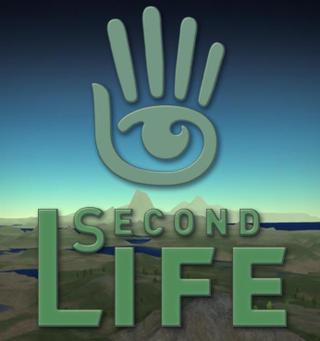
Summary
In this Second Life article I've focused on EDUCATION and some of the diverse education applications of virtual world technology. It is still early days but the future looks increasingly bright for this exciting new web-based education tool. However, it is also clear that Second Life is not a universal panacea and is just one of a number of new media that can be used to deliver a modern blended learning solution.
In later articles I'll explore some of the following Virtual World and Second Life issues:
- Virtual worlds as a tool for TRAINING including use by the military
- Social networking including its use as an internet marketing tool
- Fun in the virtual world - clubs, music, the Arts and, of course sex (this could be an article all on its own!)
- Gaming
- Earning money
- Spending money including shopping
- First world/Second Life economics
While there is some of healthy cynicism about Second Life and other virtual worlds in the field of education, my own view is that we should continue to explore the possibilities of this exciting new medium.
Whether we like it or not, Second Life and other online virtual worlds will be a significant part of all our futures. Therefore, for a teacher or training professional to simply ignore them would be a big mistake.



